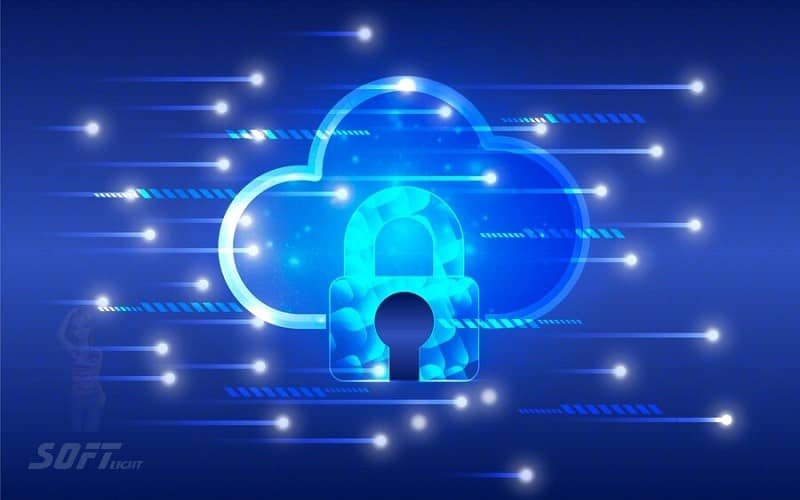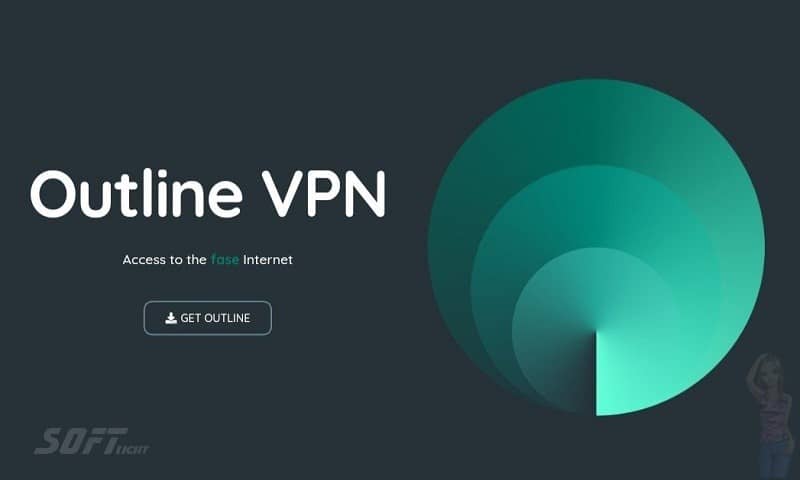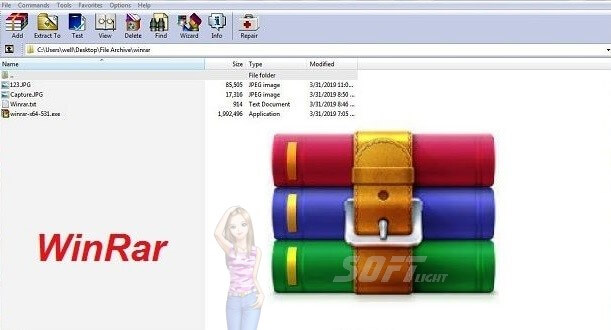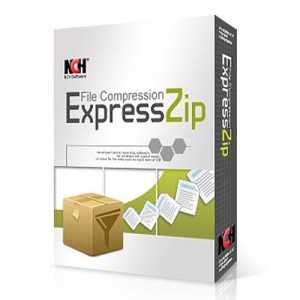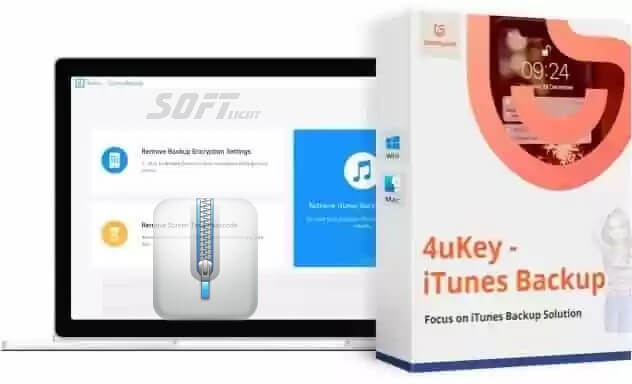DriveImage XML Download Free for PC Windows 32/64-bit
DriveImage XML Backup Logical Drives Free Download for PC
DriveImage XML is an easy-to-use and reliable program for shooting and backing up logical partitions and drives. Image Creation uses Microsoft’s Volume Shadow Services (VSS), allowing you to create secure ‘featured images’ even from the drives currently in use.
Images are stored in XML files, allowing you to process them using third-party tools. Don’t get stuck again with a useless backup! Restore images to drives without having to restart. XML is now faster than ever and offers two different levels of pressure. You can download it for free from the official website. Find the link at the end of the explanation.
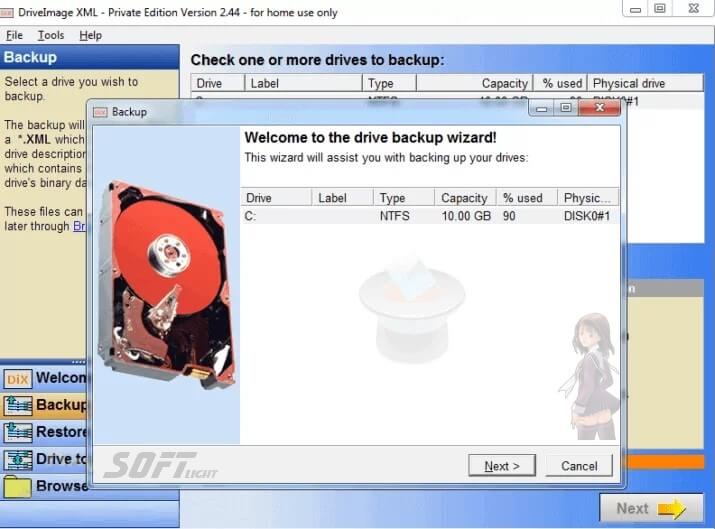
Two Versions are Available
Special Version:
Individuals who are proprietors of personal domains have the extraordinary benefit of accessing the restricted version without incurring any expenses. This provision enables them to install DriveImage XML onto their personal computer which is located within the confines of their residential habitat.
It is imperative to mention that this privilege is available only for domestic use and cannot be used for commercial purposes. It must also be emphasized that the exclusive version does not offer any support services.
Commercial Version:
The tool provides a cost-effective solution for your company or organization’s backup requirements. Those who use DriveImage XML for business purposes must procure the commercial version to comply with licensing regulations. The commercial version is reasonably priced and offers flexible packages for 5, 10, 20, 50, and 100 users.
Additionally, the commercial version includes customization options that allow you to brand the software with your company or organization’s name and pertinent contact information. With DriveImage XML Backup Tool, you can ensure that your data is secure and protected, while also maintaining a professional appearance for your business.
Commercial version purchasers have the liberty to install a stipulated number of duplicates on either their company’s systems or on those belonging to their clients. Technical assistance is extended to commercial buyers for one year and a restricted number of queries, as stated during the time of procurement.
At the time of buying, you become eligible for a year’s worth of free updates. Opt for the commercial edition. Handling Windows XP/Windows Server 2003/Vista/Windows 7/Windows 8/Windows 10, it can replicate and restore formatted drives that rely on FAT 12/16/32/NTFS. This software captures an image of your drive, persistently, creating a backup.
Features of DriveImage XML
It is a free backup and imaging software for Windows that allows you to create backups of your entire hard drive or selected partitions. While it does not have an automatic backup feature built-in, you can use Windows Task Scheduler to set up automatic backups. Here’s how to set it up:
1. Open Windows Task Scheduler by searching for it in the Start menu or by typing “task scheduler” in the Run dialog box (Windows + R).
2. Click on “Create Basic Task” or “Create Task” in the Actions pane on the right.
3. Give your task a name and a description.
4. Choose how often you want the backup to run and select a start date and time.
5. Select “Start a Program” as the action to perform.
6. Browse for the executable file in the “Program/script” field.
7. In the “Add arguments” field, enter the command to create a backup. For example, if you want to create a backup to your C: drive, enter: /in “C:\Backup\MyBackup.xml” /b /tC /x.
8. Click OK to save the task.
The command “/in” specifies the path and filename of the backup image file, “/b” specifies a full backup, “/TC” specifies backing up the C: drive, and “/x” specifies excluding empty sectors from the backup file.
Make sure that you have enough space on your backup drive to store the backup image file. You can also adjust the compression level of the backup to save space. To restore a backup image, use the Restore option in DriveImage XML.
Remember, it’s important to regularly check that your backups are working correctly and to test your recovery process to make sure everything is backed up correctly.
Recover to the Same or Different Disk
When creating a backup image, users have the option to recover the same or a different disk.
To Recover the Same Disk:
1. Boot the computer using the DriveImage XML recovery CD or USB drive.
2. Select the option to restore an image.
3. Choose the backup image you want to restore.
4. Choose the destination disk (in this case, the same disk).
5. Follow the prompts to complete the restoration process.
To Recover to a Different Disk:
1. Boot the computer using the DriveImage XML recovery CD or USB drive.
2. Select the option to restore an image.
3. Decide the backup image you want to restore.
4. Choose the destination disk (in this case, a different disk).
5. Follow the prompts to complete the restoration process.
📌 Note: When recovering to a different disk, the new disk must be of equal or larger capacity than the original disk.
Copy the Drive
To copy a drive using DriveImage XML, follow these steps:
1. Install on your computer.
2. Connect the destination drive to your computer.
3. Launch and select the “Backup” option.
4. Choose the drive you want to copy from the list of available drives.
5. Decide the destination drive as the backup location.
6. Select the “Raw mode” option to make an exact copy of the drive, including empty space.
7. Follow the prompts to complete the process.
It’s important to note that the destination drive must be of equal or greater size than the source drive, otherwise, the copy process will fail. Additionally, cloning a drive will erase all data on the destination drive, so it’s important to ensure that you have backed up any important data before proceeding.
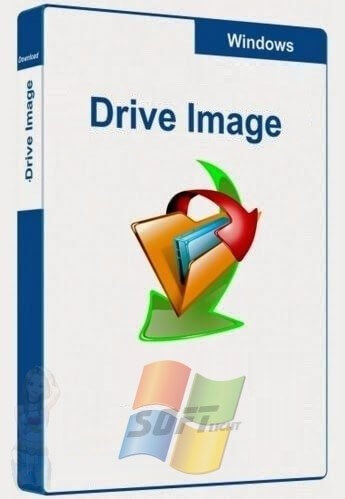
Use Logical Backups
To create a logical backup using DriveImage XML, follow these steps:
1. Launch and select the “Backup” option.
2. Choose the “Volume” option and select the drive or partition that contains the files you want to backup.
3. Choose the destination for the backup files, such as an external hard drive or USB drive.
4. Select the “Sequential” option to create a logical backup and follow the prompts to complete the backup process.
📌 Note that logical backups will not include the entire drive or partition, but rather only the specific files and folders that you choose to backup. This can be useful for users who have limited storage space or who only need to backup certain files.
However, it’s important to keep in mind that logical backups may not be sufficient for a full system restore in the event of a complete system failure, as they do not include system files or settings.
More Features
- View, browse, and extract files from images
- Use the image from a live CD or Windows PE
- Available in multiple languages
- Compatible with all Windows versions
Technical Details
- Category: File Compression
Software name: DriveImage XML
- Version: Latest
- License: Freeware
- File size: 1.8 MB
- Operating systems: all Windows systems
- Languages: Multilingual
- Developer: Runtime Software
- Official website: runtime.org
DriveImage XML Download Free for Windows
